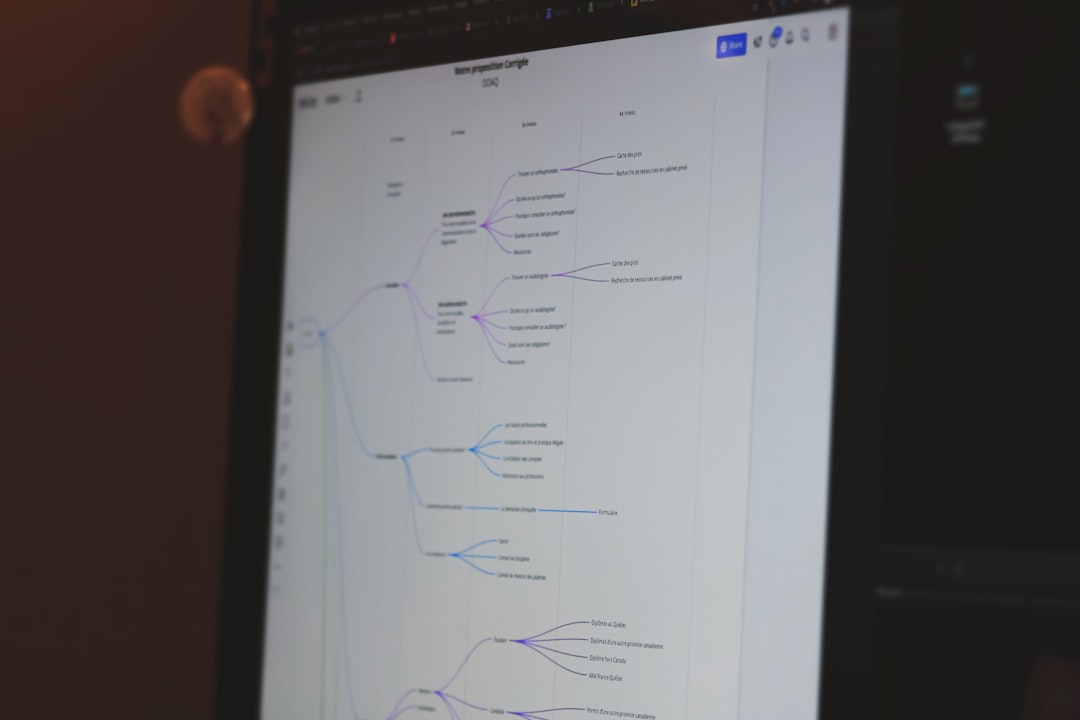Display & Video 360 (DV360), a demand-side platform by Google, offers advanced targeting capabilities that enable marketers to deliver well-optimized, data-driven campaigns. Leveraging DV360’s comprehensive targeting tools allows advertisers to direct their ads to the right audience, at the right time, on the right channel. In today’s complex digital landscape, a strategic approach to DV360 targeting can greatly enhance both performance and ROI.
Understanding DV360 Targeting Options
DV360 offers a wide range of targeting criteria that can be segmented into several key categories. A solid understanding of these options is the foundation of any successful campaign:
- Audience Targeting: Allows advertisers to target predefined Google audiences or import first-party data such as Customer Match or CDP integrations.
- Demographic Targeting: Focuses on age, gender, income, parental status, and other demographic variables.
- Geographic Targeting: Enables location-based targeting down to city, postal code, or radius proximity levels.
- Device & Technology Targeting: Refines ad delivery by device type, operating system, browser, and even connection speed.
- Content Targeting: Includes keyword targeting, contextual categories, and placements based on domains or URLs.
- Inventory Source Targeting: Lets buyers decide whether to use open exchange, private marketplace (PMP), or programmatic guaranteed deals.
Building a Comprehensive Targeting Strategy
Creating a comprehensive targeting strategy in DV360 requires aligning campaign goals with the appropriate targeting levers. The following steps serve as a guideline for developing a robust approach:
1. Define Campaign Objectives
Start by determining whether the campaign is geared toward brand awareness, engagement, lead generation, or conversions. Each objective will influence the targeting approach. For instance, awareness campaigns may use broad audience segments while performance-driven goals may leverage narrow, intent-based datasets.
2. Segment and Prioritize Audiences
Use DV360’s audience segmentation tools to distinguish between prospecting and remarketing efforts. Incorporate first-party data when possible to build high-performing custom audiences. Proprietary audience lists often convert better thanks to their relevance and recency.
Also, consider layered targeting to enhance precision—combining demographic and interest targeting can help you home in on your ideal customer persona.

3. Refine by Context and Environment
Placement and content targeting allow you to serve ads in relevant environments. DV360’s keyword targeting can help you reach users reading or watching content related to your product. You can also use third-party brand safety filters or DV360’s built-in solutions to avoid placements that don’t align with your brand values.
Contextual targeting becomes especially useful when cookie-based tracking becomes limited due to privacy regulations.
4. Leverage Real-Time Data Signals
Advanced users can utilize audience expansion, lookalike modeling, or YouTube affinity audiences to extend their reach intelligently. Additionally, DV360’s integration with Google’s Ads Data Hub allows for customized insights and audience analysis, giving advertisers a tactical edge.
5. Test, Measure, and Optimize
Set clear KPIs and use DV360’s reporting dashboard to monitor campaign performance. A/B testing different targeting combinations such as geographic regions, audience affinities, or creative placements can uncover valuable insights. Regular optimizations based on real-time performance data ensure sustained efficiency and ad relevance.

Best Practices for Targeting in DV360
Here are several best practices to keep in mind as you develop your targeting structure in DV360:
- Start with tighter targeting: Narrow parameters help you understand which segments perform best before expanding your reach.
- Avoid overlapping audiences: Duplicate audience lists may lead to inefficient bidding or cannibalization of impressions.
- Use frequency caps: Limit how often a user sees your ad to avoid fatigue and preserve budget.
- Integrate cross-device strategies: Ensure consistent messaging by targeting users across desktop, mobile, and connected TV.
- Explore custom Intent and In-Market audiences: Tap into Google’s proprietary audience pools based on recent search intent and activity.
Conclusion
Mastering DV360’s powerful targeting features takes time, experimentation, and data-driven decision making. By aligning campaign goals with the relevant targeting tactics, marketers can reach high-value users with precision and relevance. As the digital advertising ecosystem continues to evolve, DV360 provides one of the most robust platforms for scalable, transparent, and intelligent programmatic media buying.
With the right strategy, consistent testing, and data interpretation, advertisers can unlock DV360’s full potential to deliver impactful, measurable results.
